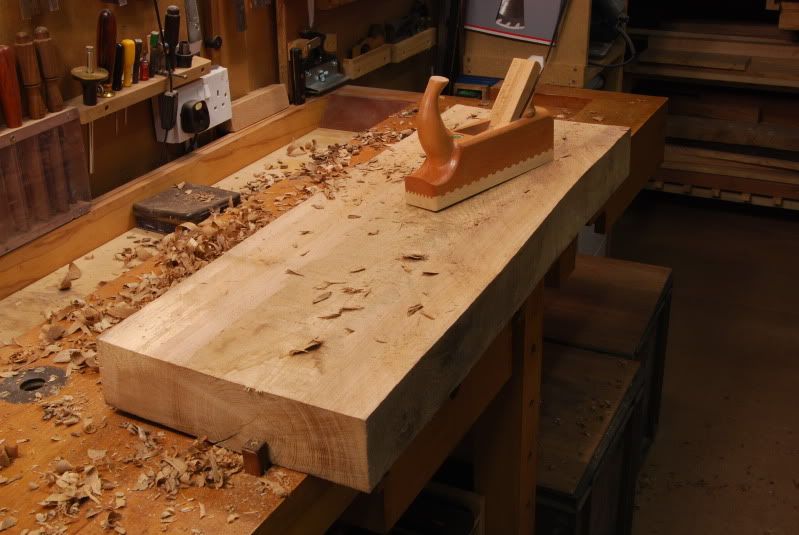No skills
Established Member
Hi folks,
I fancy getting an old plane and setting it up as a scrub, are there any rough guidelines as to what size is preferable? or does it not really matter?
I see a fair few cheap #4's on evilbay at the moment, would one of those do?
Ta!

I fancy getting an old plane and setting it up as a scrub, are there any rough guidelines as to what size is preferable? or does it not really matter?
I see a fair few cheap #4's on evilbay at the moment, would one of those do?
Ta!





































